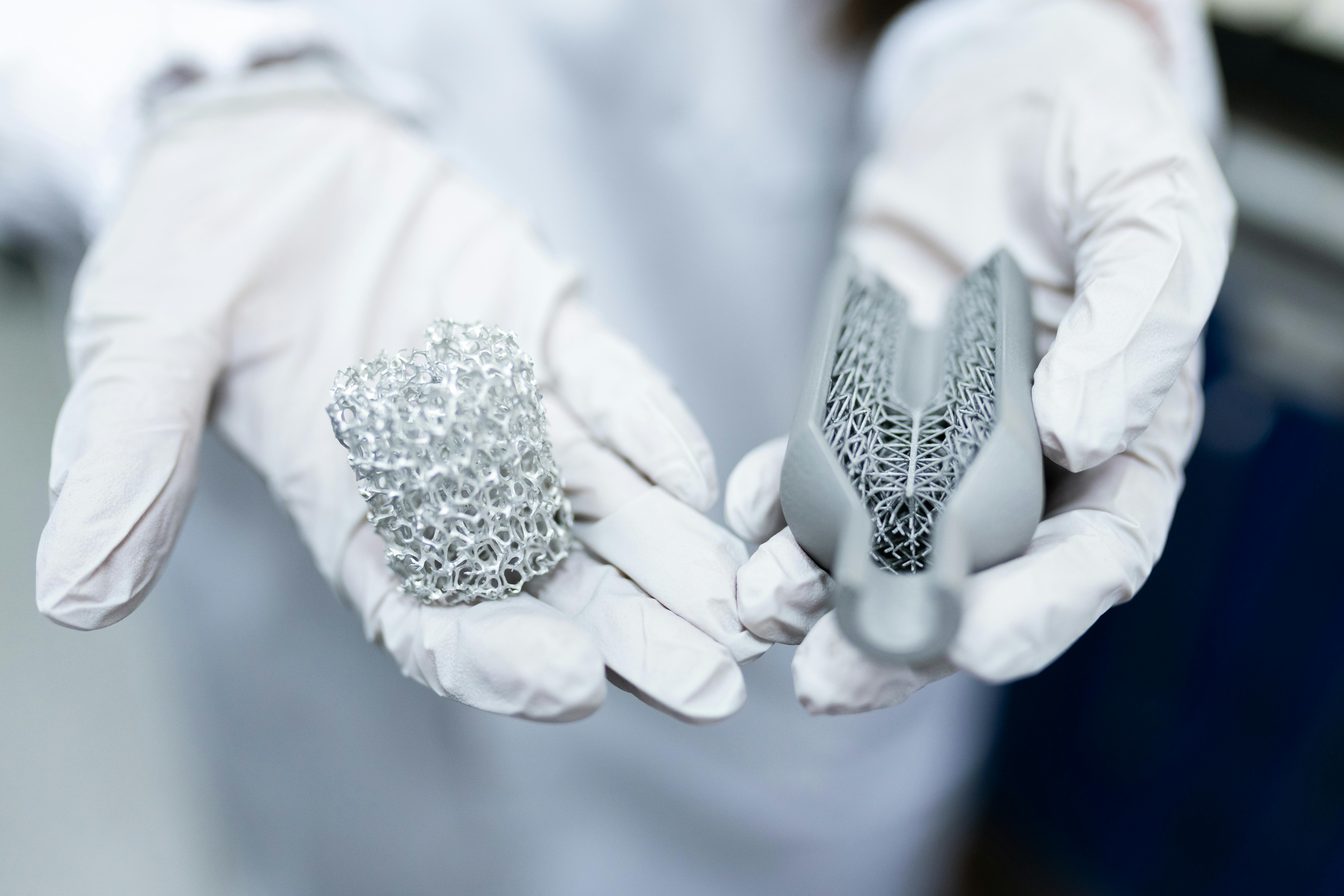
How to make silicone molds without air bubbles
One of the biggest problems many small-scale mold makers face is air bubbles in their silicone molds. Bubbles inside the silicone rubber mold are usually not a big problem. The problem is when air bubbles form on the casting surface rendering the mold unusable.
There are several methods to ensure bubble-free silicone molds:
1) Special pouring techniques
2) Compressed air application
3) Using vacuum to remove bubbles
4) Use pressure to force air into the solution
Special pouring techniques.
The surface where the casting materials meet the silicone molds is the most important part. Therefore, it is essential to pay special attention to ensure that bubbles do not form when pouring the silicone rubber into the mold box and onto the model. It is important not to simply place the rubber over the top of the model all at once. Start by pouring a small amount of rubber into the mold box and start tilting it at different angles so the rubber slides over all surfaces. This wets the surface of the model with a thin film of rubber and any air bubbles can be easily seen and popped with a pin or brush.
You can also use a brush to apply this first thin film of rubber to the surface of the model. Choose the method that best suits your silicone molds.
Once you are satisfied that all the bubbles have been popped, you can place the rest of the mold in the mold box. From a point as high as possible in a thin stream so that any bubbles in the mixture will burst on the way down. Direct this stream towards the corner of the mold box and not on the model.
Applying compressed air to your silicone molds.
If you have access to an air compressor, you have an effective way to pop air bubbles. Make sure you have about 30 psi pressure and a small nozzle tip, and after pouring the first small amount of rubber into the mold box, blow the material over the model to wet the surface similar to the first method. The first rubber film must be free of bubbles.
Continue with the rest of the glue as described in method one.
Using a vacuum to remove air from silicone molds
Bubbles are usually the result of air being drawn into the rubber during the mixing process. Make sure to stir the mixture with a slow, steady action. However, there will still be air in the mix and this can be removed with the help of a vacuum chamber.
These vacuum chambers use a vacuum to suck up any air bubbles in the mix and bring them to the surface where they can be easily removed. Each vacuum chamber has its own instructions on how to use it, but the following is a guide:
1) Use a large bowl for mixing. Let the mixture double in size when you place it in the chamber.
2) Mix both part A and part B in the container and place it in the chamber. Close the chamber and turn on the vacuum pump.
3) The mixture will begin to rise to the top of the container. All the air bubbles in the mixture will rise to the top. As the mixture nears the top of the container, release the vacuum breaker valve and the mixture will fall to the bottom and the air bubbles will burst. Do this two or three times to ensure all bubbles are removed.
4) Release the vacuum one last time and remove the mixture from the chamber. It is now ready to pour.
The use of a vacuum chamber is generally only possible for mold rubbers that take a long time to set. Some of the faster setting silicone rubbers will set too quickly and you won’t have time to vacuum up the bubbles. Be sure to check the label of the product you are using.
Using pressure to force air into the solution.
This technique is useful for faster setting mold making rubbers. It works on the principle of forcing air into a pressure vessel with the mixed molding rubber. Air pressure will press down on the material and squeeze out any air bubbles.
Pressure pots are freely available and are often used by painters for spray painting. Here is the procedure:
1) Choose a mold box that will fit inside your pressure vessel. Also check the setting times of your rubber mold so you know how long you have to work with.
2) Mix and pour the mold making material into the mold box over the model.
3) Seal pressure pot and pressurize to 60-100 psi.
4) Allow the casting material to set under pressure in the container. Most molding erasers work very well with this technique.
If you still get air bubbles after trying some of these techniques, contact your supplier for further advice on the product you are using.
By Stan Alderson
